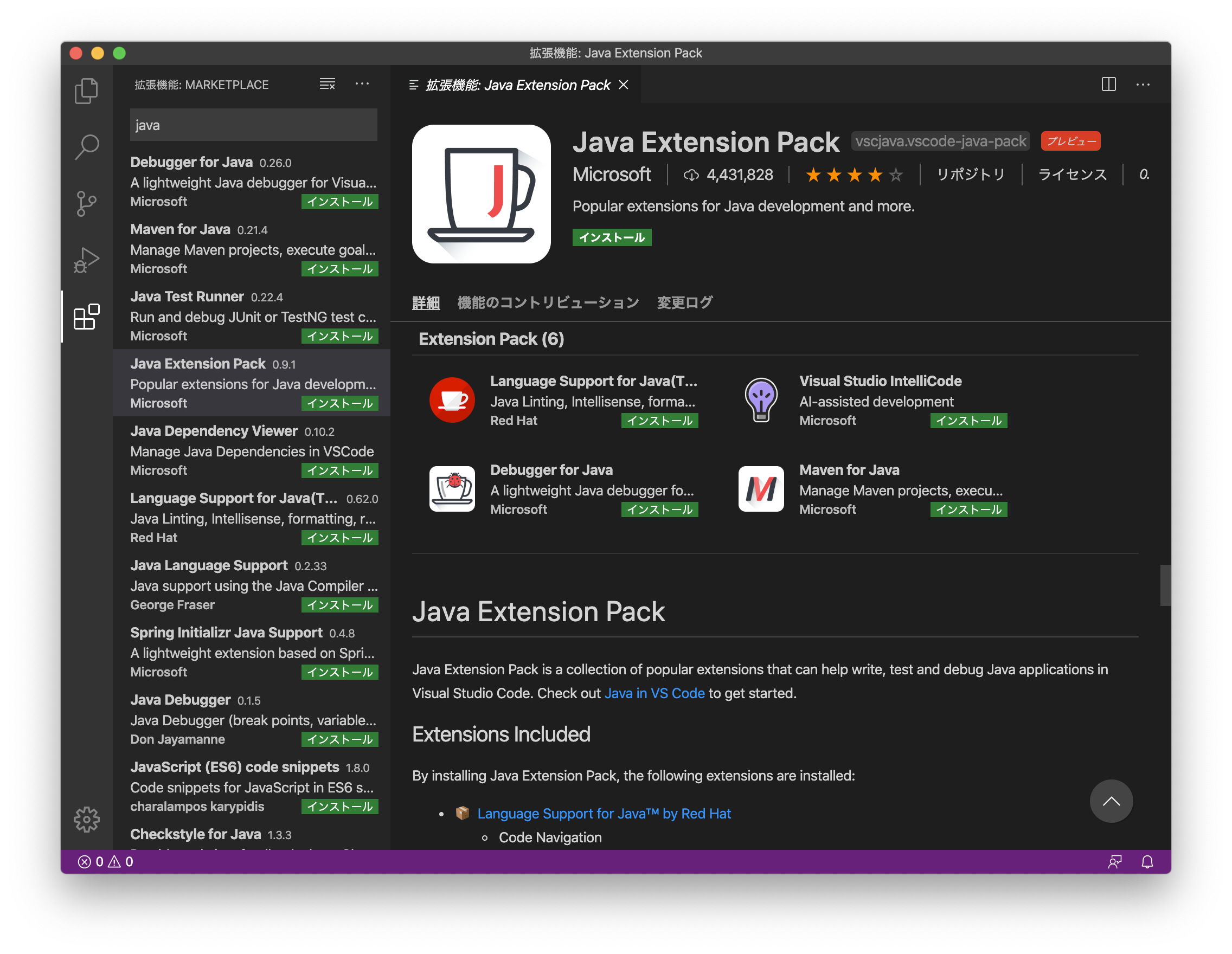

Extract the archive by double clicking on the file or, assuming it is in your Downloads folder, write this in your Terminal: 1 cd ~/Downloads 2 tar xf openjdk-13_osx-圆4_ Start by getting OpenJDK, chose the macOS version. If you prefer to use the Java version provided by the OpenJDK website, you will need to use Java 13. This is what I see on my machine: 1 % java -versionĢ openjdk version "11.0.4" 3 OpenJDK Runtime Environment AdoptOpenJDK (build 11.0.4+11) 4 OpenJDK 64-Bit Server VM AdoptOpenJDK (build 11.0.4+11, mixed mode) 5 % javac -version From the AdoptOpenJDK page you will download a pkg file that you can install on your macOS machine directly by double clicking on it.Īfter you’ve installed the AdoptOpenJDK pkg file, check if you can use it with: 1 java -version 2 javac -version

If you still need to use Java 11, use an alternative build like the one from AdoptOpenJDK. You can still get the archived version, but this is not recommended because it doesn’t include any new security patches.

Selecting a region changes the language and/or content on this time, Java 11, the long term release or LTS, of Java is no longer supported on the OpenJDK website.

Or it can be installed later before you install Adobe applications. Adobe and Apple have worked together to ensure that you can install Java at OS install time. Since current Adobe installers and applications were built before these changes by Apple, Adobe software anticipates that Java is installed. It is now an optional install that you must select. Apple recently changed the way it includes Java in Mac OS, and with Lion, Java is no longer preinstalled. Many Adobe applications depend on the Oracle Java Runtime Environment (JRE) for some features to work.


 0 kommentar(er)
0 kommentar(er)
